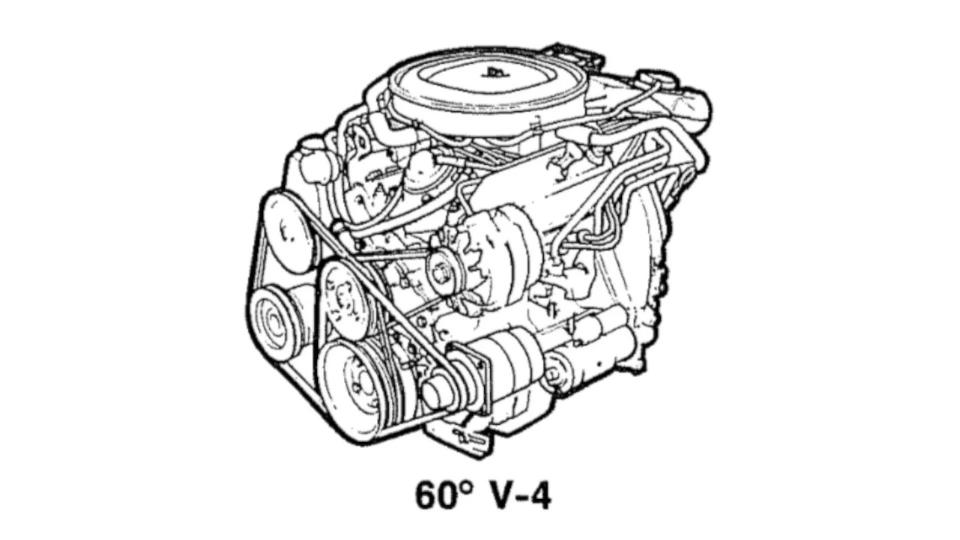GM Developed a V4 in the '80s for Economy Cars. It Went Nowhere

The V4 engine layout is a curious one. Despite making a few appearances in oddball European cars like the Saab Sonett, it never really caught on. As it turns out, GM experimented with the idea in the 1980s, though it was destined never to reach the market.
In the 1970s, deep in the Malaise Era, GM started cooking up its recipe for the J platform. It was looking to build a compact car befitting an era where emissions and fuel economy were paramount concerns. It needed an engine to suit, and it began to explore a V4, as explained by Rare Classic Cars & Automotive History on YouTube. It was an engine that could have powered everything from the Chevrolet Cavalier to the Pontiac 2000 and Oldsmobile Firenza.
https://www.youtube.com/watch?v=4Yb9Ugmssa8
GM actually designed, built, and evaluated three engines for the project—a pushrod inline-four, an overhead-cam inline-four, and a 60-degree V4 design. The J car's critical dimensions, including factors like the transaxle, dash, and front-end position, were already fixed. The engines were evaluated as to which would best suit the J car design.
The V4 itself was cribbed from the existing Chevrolet 60-degree 2.8-liter V6, with cylinders one and two chopped off. The idea was that it could be built on the same machining line, using the same pistons and valvetrain parts as the V6. The V4 was also the shortest engine of the three, but it was also the widest. This necessitated mounting the engine accessories on the front, which spoiled its length advantage.

 Yahoo Autos
Yahoo Autos 